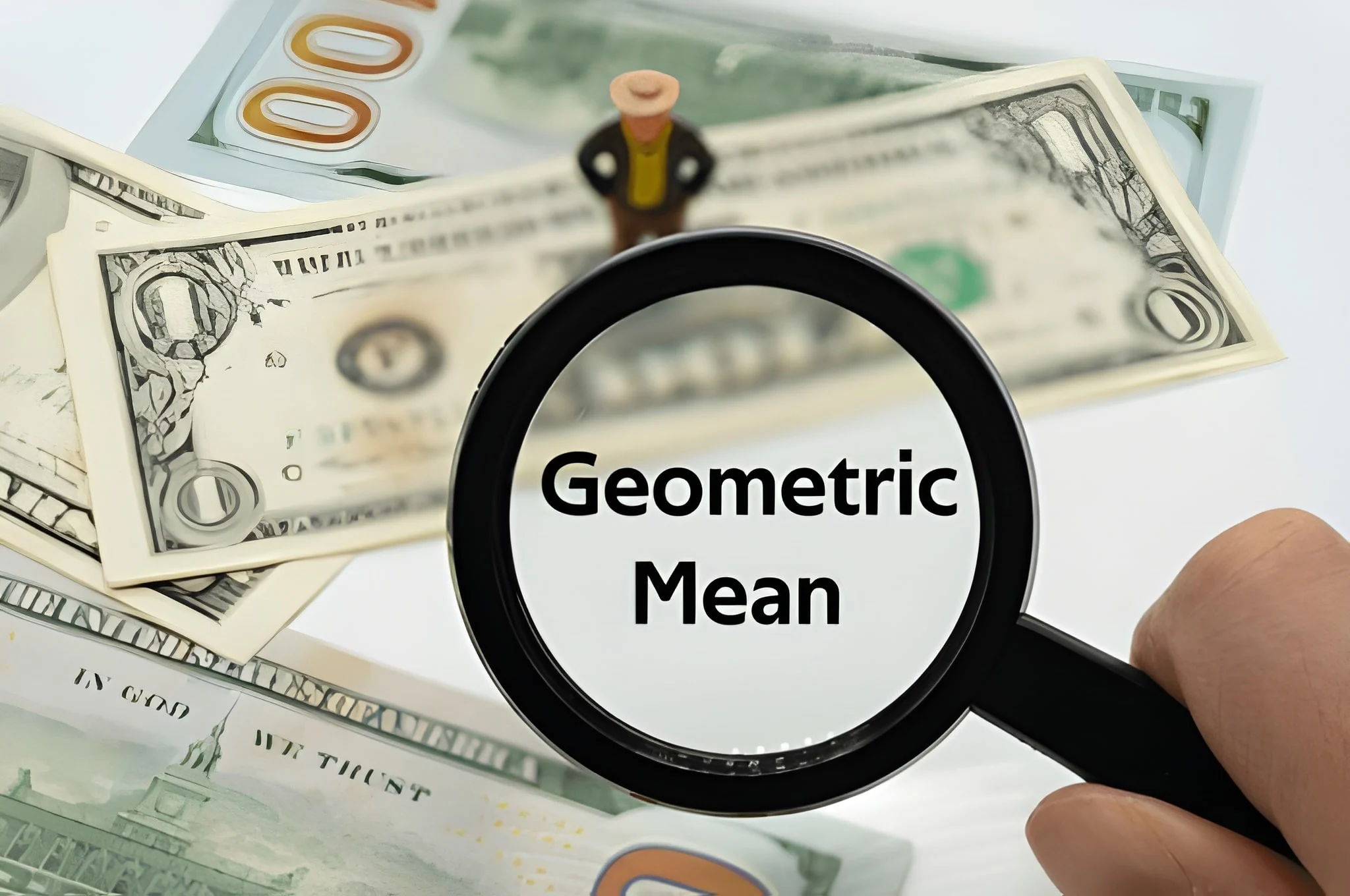Geometric Mean Calculator
Calculate the geometric mean for multiplicative data, growth rates, and ratios. Perfect for finance, biology, and statistics.
All numbers must be positive. Geometric mean cannot handle zero or negative values.
Calculation Results
Enter positive numbers and click Calculate to see the geometric mean
Related & Other Popular Calculators
The Geometric Mean Calculator is a handy calculator that helps you quickly find the geometric mean for any set of positive values. It's an important tool for looks at growth rates, investment returns, biological data, and ratios. Whether you're looking into financial performance, studies of populations, or data normalization, this geomean calculator will give you accurate and immediate results.
The geometric mean is appropriate to apply when dealing with values and factors that multiply terms together, such as percentage rates of growth or ratios as it removes distortions resulting of extreme data values, i.e., outliers, and thus, it is more representative of a “real average” if you will, for multiplicative data.

What is a Geometric Mean?
The geometric mean is the nth root of the multiples of all positive values in a dataset which describes the measure of central tendency for multiplicative data. For example, if you have a series of growth factors or return--the geometric average will identify the constant rate over the period of time.
The mathematical notation can be defined as:
Where:
You can use this geometric mean formula to find consistent growth or ratio trends in your data.
How to use the Geometric Mean Calculator
Using our Geometric Mean Calculator is simple:
You can also explore quick examples like investment returns, population growth, aspect ratios, and dilution series - all powered by this geometric average calculator.
Why use Our Geometric Mean Calculator?
Our geometric mean solver offers several advantages:
With a few clicks, you can easily find accurate geometric averages using this find geometric mean calculator.
Applications of the Geometric Mean
The Geometric Mean Calculator is widely used in various fields:
Understanding the symbols of geometry and applying the geometric mean ensures more accurate insights into multiplicative datasets.
Example Calculation
Let's calculate the geometric mean of 1.05, 1.08, 1.12, 1.06, and 1.09:
So, the geometric mean = 1.0797
Try it now using the Geometric Mean Calculator above and get instant results with detailed steps.
Geometric Mean Formula Recap
This geometric mean formula gives you a precise average that balances ratios or growth rates efficiently. It’s an indispensable part of understanding geometric average values in finance, biology, and data science.
Quickly simplify complex ratios and growth calculations using our Geometric Mean Calculator. Whether you need to evaluate financial performance ratios, analyze multiple ratios, or even assess biological data - the geometric average calculator will provide you with fast, accurate, and reliable results.
FAQs
The geometric mean is used to determine the central tendency of multiplicative data such as growth rates, returns and ratios. This is best used with datasets that are percentage based.
The geometric mean uses multiplication and roots, while the arithmetic mean uses addition and division. The geometric mean makes for a better average when dealing with growth-related data.
No, the Geometric Mean must be applied to positive numbers, as the geometric mean of negative or zero values is undefined.
Geometric mean is used in finance to find compound interest, in biology for concentrations, and in technology to compare devices, or even screen ratios.
The geomean calculator multiplies all of the values given and takes the nth root, determined by the total number of entries. The calculator also presents intermediate calculations, which is great for learning.
Yes, our geometric mean solver handles multiple values efficiently and calculates results with high precision, perfect for statistical or financial analysis.